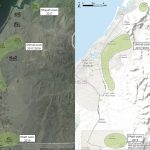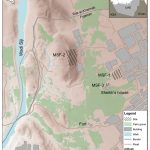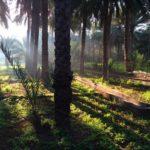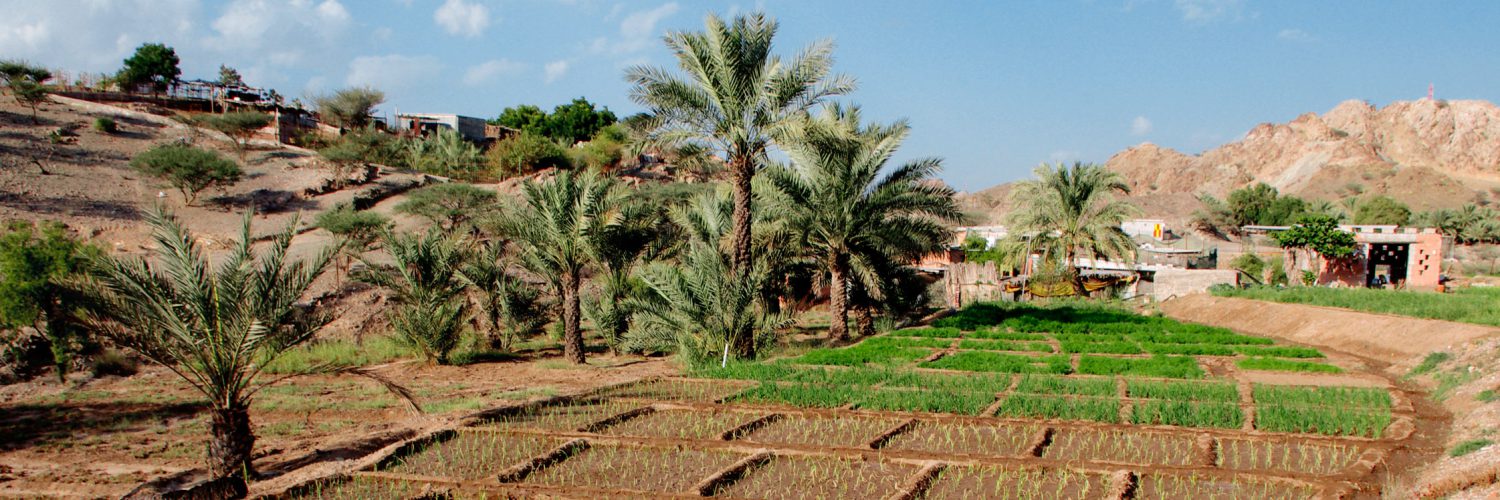
Ras al Khaimah Oases
The Emirate of Ras al Khaimah has provided one of the fuller archaeological record of the Southeast Arabian Peninsula. Indeed, all major cultural horizons since the Ubaid period (5000-3200 BC) have been reported on its territory (de Cardi et al., Read More ...

Masafi Oasis
Masafi project (United Arab Emirates) Field director: Julien Charbonnier The oasis of Masafi has been investigated by the French Archaeological Mission in the United Arab Emirates since 2006, under the supervision of Anne Benoist and, from 2016, of Read More ...

Rustaq Oasis
Rustaq Project The Rustaq Batinah Archaeological Survey is an archaeological survey of the mid-Batinah area around Rustaq and the corresponding coastline. The project is organised by Durham University, Sultan Qaboos University and the Omani Ministry of Heritage and Culture. It Read More ...

